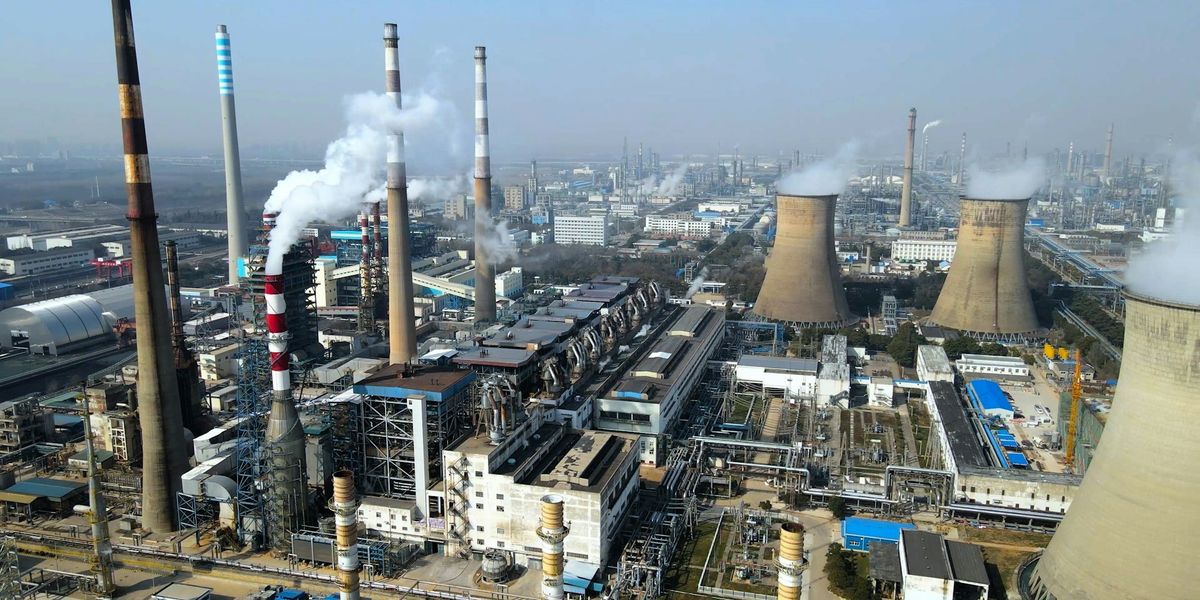heat islands
Nearby rural land may significantly reduce urban temperatures
A recent study finds that rural areas around cities can lower urban temperatures by nearly 33 degrees Fahrenheit, suggesting a new approach to combating urban heat.
In short:
- Researchers studied data from 30 Chinese cities and found that rural land within a six- to nine-mile radius can reduce urban heat island intensity by about 30%.
- Urban heat islands occur when cities are warmer than their surroundings due to air warming, creating low-pressure zones that pull cooler air from nearby rural areas.
- The study suggests cooling strategies, such as planting woodlands and consolidating water bodies in rural areas, to boost urban cooling.
Why this matters:
Urban heat islands contribute to higher energy costs and health risks. By optimizing rural land use, cities can become cooler and more sustainable, benefiting both urban and rural communities.
Related EHN coverage:
Western Sydney’s ‘heat islands’ make summer deadlier
Heat islands occur underneath cities
Urban heat islands can be felt deep under the surface—creating a sneaky threat to civil infrastructure.
Sweltering heat wave hits Sri Lanka; climate change will likely bring more
As a heat wave sweeps across Asia, Sri Lanka continues to issue heat warnings to the public as the country experiences much higher than normal temperatures coupled with high humidity and threatening health impacts.
Cool pavement gets cold shoulder from Clark County
Experts question officials’ embrace of asphalt.
Boston ranks 6th for the intensity of its heat islands
Heat islands in United States ranked: New Orleans most intense
Climate Central dug into the characteristics of 158 cities around the United States to rank their heat island intensity.



















